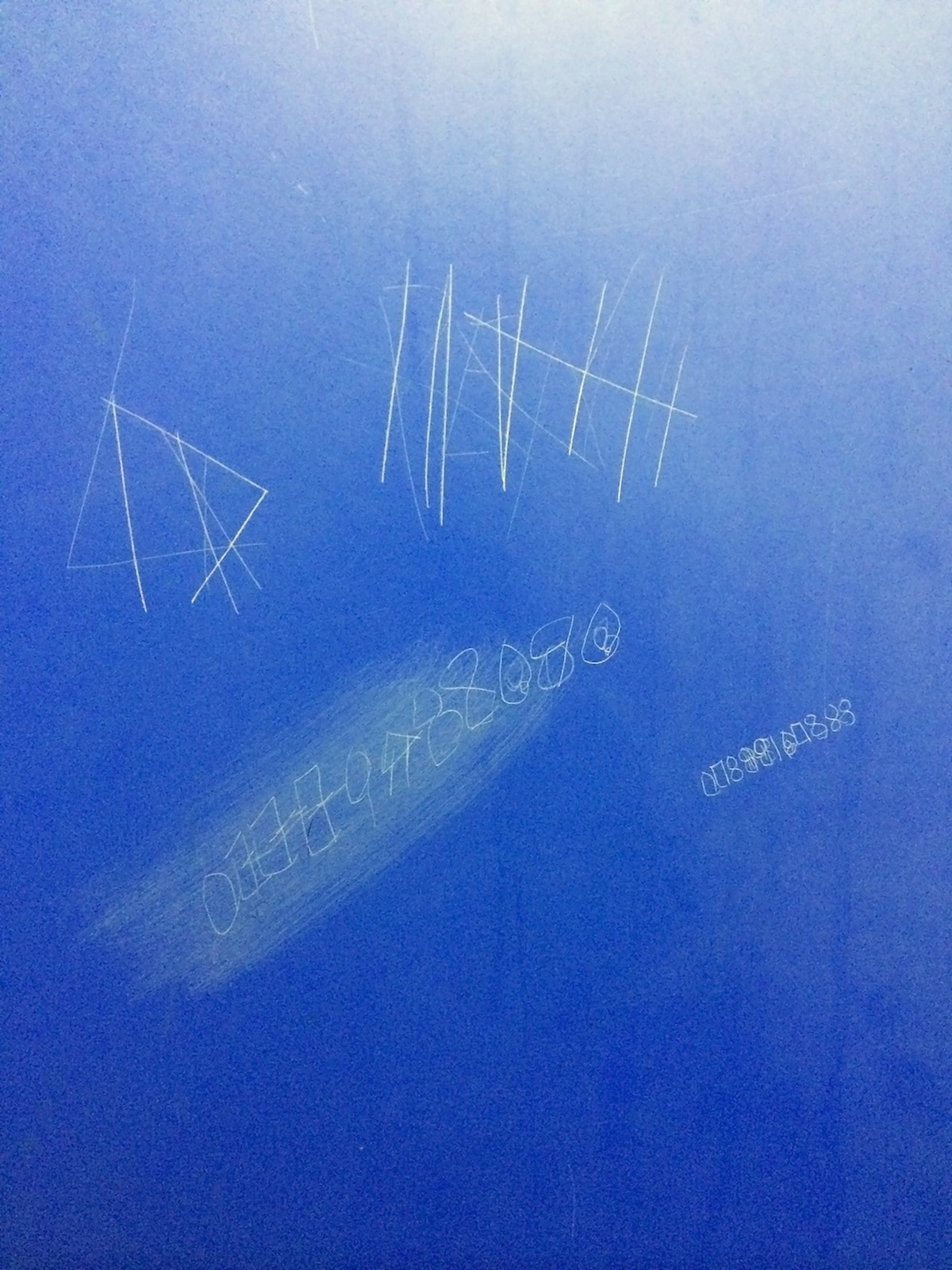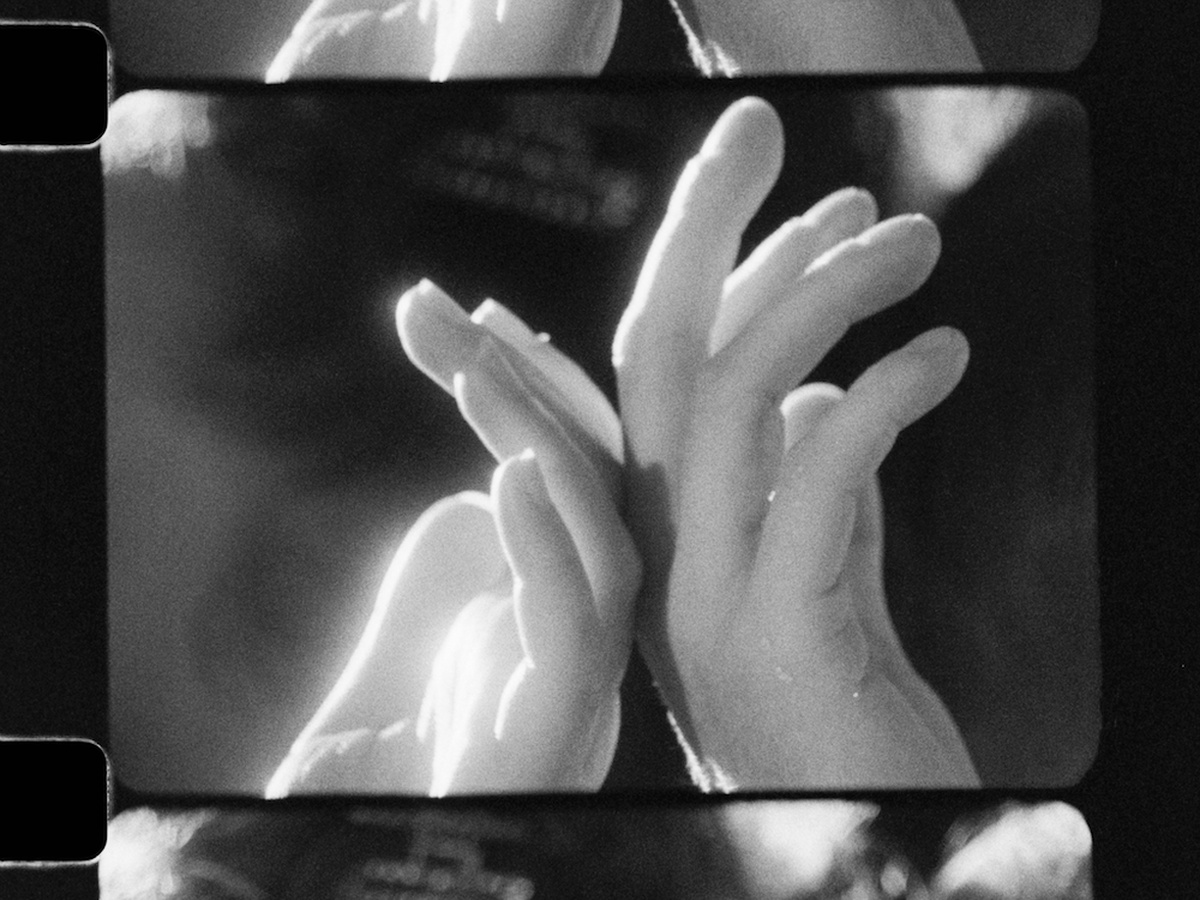Seen and Not Seen at the CCA
Loved this two-hander by Alex Hetherington and Scott Caruth at the CCA last week. Here’s the blurb pinched from the CCA website:
An exhibition of new work by two artists, Scott Caruth and Alex Hetherington. Both work primarily with the moving image in this exhibition, reflecting in different ways on what remains unseen, invisible or deliberately hidden from view.
Scott Caruth approached Pipeworks Gay Sauna in Glasgow which permitted him to conduct a series of experiments there using 16mm film on the condition that there would be no cameras involved. Describing the first stage of the process he recalls:
“I exposed 100ft of Kodak colour film directly to changes in light, temperature and precipitation whilst transferring the film reel from one hand to another as I navigated the entire site of the sauna; exposing the film between rooms bathed in red or blue light, underneath the water of the jacuzzi, to the heat of the steam room and throughout cabins devoid of any light at all. The resulting footage of abstract yet perpetually moving colours lends the impression of travelling through something that cannot be fully seen.”

Alex Hetherington, working through his own recent material, considers the porous nature of influence and collaboration in his work as well as the unseen outtakes that would normally be excluded from the public viewing process. He wants to focus on the actual process of making, and both his films and the installation of his work draws on a dense series of allusions and artistic references including Rainer Werner Fassbinder’s Querelle (1982), The Chittendens (2005) by the American artist Catherine Sullivan and Gregory J. Markopolous’s Himself as Herself (1967).
Hetherington’s film also foregrounds the presence and involvement of the Scottish artist Catherine Street and he points to the importance of Egyptian writer Haytham El-Wardany’s How to Disappear (2018), a book grounded in the necessity of making oneself unseen to be a good listener. The mythical figure of Tiresias also haunts the work and becomes linked to the materiality of 16mm film itself, approaching “their mutable gender fluidity as radical states of queerness and transness, embodying different forms of sight and knowing, and premonitions as a form of knowing and making and radical oppositions to authority.”
